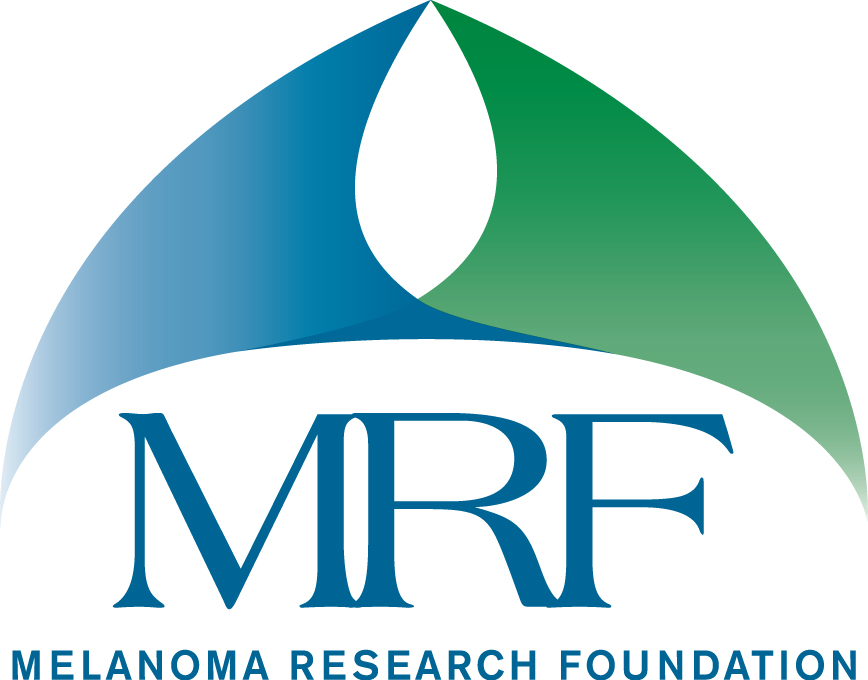 The Melanoma Research Foundation‘s Community United for Research and Education of Ocular Melanoma (CURE OM) program recently commended Oliver Sacks, a patient with ocular melanoma (OM), for sharing his experiences with the disease in a poignant New York Times op-ed piece. Although the ocular melanoma community is active, it is also still relatively small and lacks advocates like Sacks.
The Melanoma Research Foundation‘s Community United for Research and Education of Ocular Melanoma (CURE OM) program recently commended Oliver Sacks, a patient with ocular melanoma (OM), for sharing his experiences with the disease in a poignant New York Times op-ed piece. Although the ocular melanoma community is active, it is also still relatively small and lacks advocates like Sacks.
The Melanoma Research Foundation is dedicated to bringing together the ocular melanoma community to help improve patients’ lives. The foundation is encouraging patients to share their stories in the same way that Sacks did by writing essays and testimonies advocating for research advancements and novel therapy options for the treatment of OM.
Similar to about 50% of all patients with OM, Sacks has not only experienced OM but also has had the cancer spread from the eye to other body parts, such as the liver. There are not many options currently available to treat metastatic ocular melanoma and death rates are very high. To reduce the disease burden, CURE OM is seeking to gather together patients, clinicians, investigators and pharmaceutical manufacturers to increase awareness, education, effective treatments and research funding.
“We hope the discussion around OM will recognize three important issues,” said CURE OM director and patient advocate Sara Selig, MD. “Support for research is key to helping patients survive – Because little is known about risk factors for ocular melanoma, prevention strategies are unknown, unlike melanoma of the skin, which is biologically different from OM.”
While OM can be treated, treatment options for the disease are extremely limited once it spreads to other organs, and it is most often fatal once it has spread. The foundation has been working to increase research and plans to continue its support of current clinical investigation to discover effective treatments and eventually a cure for the disease.
The foundation also wants to raise awareness of available genetic examinations that can analyze the primary eye tumor and understand a patient’s likelihood of cancer metastasis, as this kind of information can facilitate early treatment, monitoring and follow-up exams.
“Fighting a rare cancer can add even more challenges. People with OM and their loved ones don’t need to feel isolated. CURE OM works to support people fighting this disease with resources, community forums for sharing and support and patient education events for those affected by OM,” concluded Selig.


